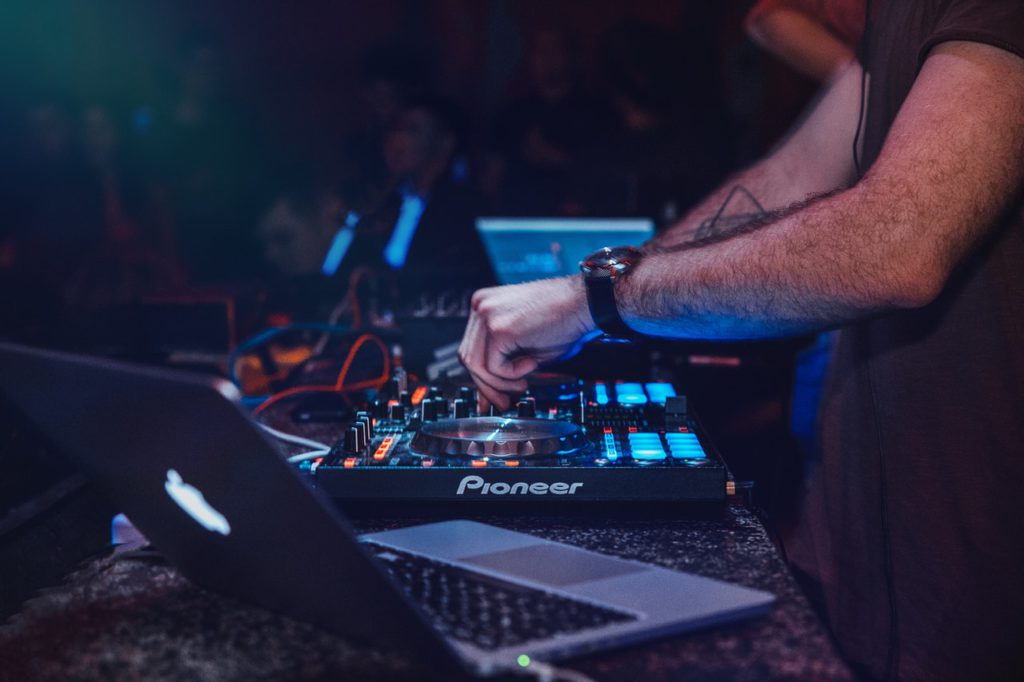A well thought out and planned setlist can mean the difference between a great performance or an awful one. But how can you make the perfect setlist that will keep the crowd entertained and keep you getting booked? We’re here to help. Here’s our list of important tips on how to build a setlist for your next gig.
How To Build A Setlist
Location, location, location
Whether you like it or not certain musical venues expect certain styles of music. For example, when you’re DJing in a wine bar your audience expects music they can talk over. If you’re DJing in a mainstream club people expect some tracks they recognize. In a hotel events room, you’ll probably want to keep the intensity of your tunes down a notch or two.
What time is the show?
Playing the right music at the right time is vitally important, this helps meet expectations that you have no control over. The type of set people will want at 10 pm will be different than the one they want at 3 am. Typically, clubs like to build up the intensity during the evening and keep the crowd energized right to the end. Which isn’t as easy as it sounds. Save some of your hardest drops for the end of the show to keep the crowd wild right until the last call.
How long is the show?
One of the most important factors for creating your setlist is how long your set is going to be. Not only for selecting the right number of tunes but also to curate the vibe throughout the set. Here’s an easy format to build your sets based on the duration of the show:
- 10-30 minute set: You can launch right into your set. Try to make a big impact on the audience during the short time you have.
- 30 minutes-1 hour: Make sure to open with something special. You should build the energy up over the first half, maintain it for 10-15 minutes, and then end with something memorable.
- 1-2 hours: With this time frame, you have plenty of time to build up and switch to new styles. Or you can tease the crowd over the first hour and let it rip in the second.
- 2+ hours: The energy levels will peak and plateau during a longer set. So be prepared to re-energize the crowd and throw plenty of surprises their way.
Think about your specific audience
Who are you playing for? It’s important to keep in mind the overall demographics of your audience. If you have a younger crowd at a typical club, play a mixture of the top 40 hits. When there’s an older crowd at an event, play some of the hits from the past couple of decades. If you have a group of people of different ages, the key is to play things that everyone’s going to identify with. Mix up your top 40s hits with songs from the 70s, and 80s. Remixes can also be super helpful during a mixed-aged party.
Pay attention to the tempo
When you’re building a setlist, you need to ensure that you’re not dividing it predictably when it comes to tempo. You shouldn’t have 3 slow songs in a row, followed by 3 fast songs. When you do this, you hinder the effectiveness of your songs. Your slow songs will feel drawn out and boring, while your fast songs won’t seem as fun or intense.
There’s one main principle you should follow when it comes to tempo, focus on the show and not the song. Your fastest songs should directly follow or precede your slowest ones. Mid-tempo songs should go between one extreme or the other, but never in the same way repeatedly. For example, don’t build a set that’s a fast song, mid-tempo song, slow song, repeated throughout your entire show. Mix it up and give your audience a memorable night.
Keys
Similar to tempo, you don’t want to play every song in your set within the same key. It’s not as strict as playing a couple of songs in the same tempo. Just use your best judgment. If two songs could be mistaken for one another, there should be several songs between them.
Transitions
It’s important to make the transitions between your songs smooth. If you try to cut between some industrial remix of a hard rock song and a bubbly pop song, you’re going to leave your audience confused. It’s important to make your transitions as smooth as possible. You should be matching the sounds, energy, beats, and styles between your transitions.
Don’t overdo the effects
Many DJs use effects to help transition from one record to another and to enhance their DJ performance. Neither of these things are bad, but they become a problem if you rely on them. Use your sound to create interest before turning to the effects. Then when you do drop that echo it will be something special instead of redundant or annoying.
Find the perfect effects for your setlist here.
Don’t be afraid of the unknown
Every song you play doesn’t have to be one that everyone at the party will know. Introducing a couple of new and breaking songs can be a nice surprise to your audience. You might end up introducing someone to their new favorite song, and it also builds connections. The person will associate the memory of that song with being at your set.
Don’t forget a Plan B
You never know what can happen at a show. Because of this, it’s always good to bring backup music in other formats that you can play. If you play off your laptop, bring CDs as a backup. An iPod full of your music is a great option to have for emergencies. Especially when one of your sources dies in the middle of your performance.
Have any more questions about how to build a setlist for your shows? You can contact us here!

